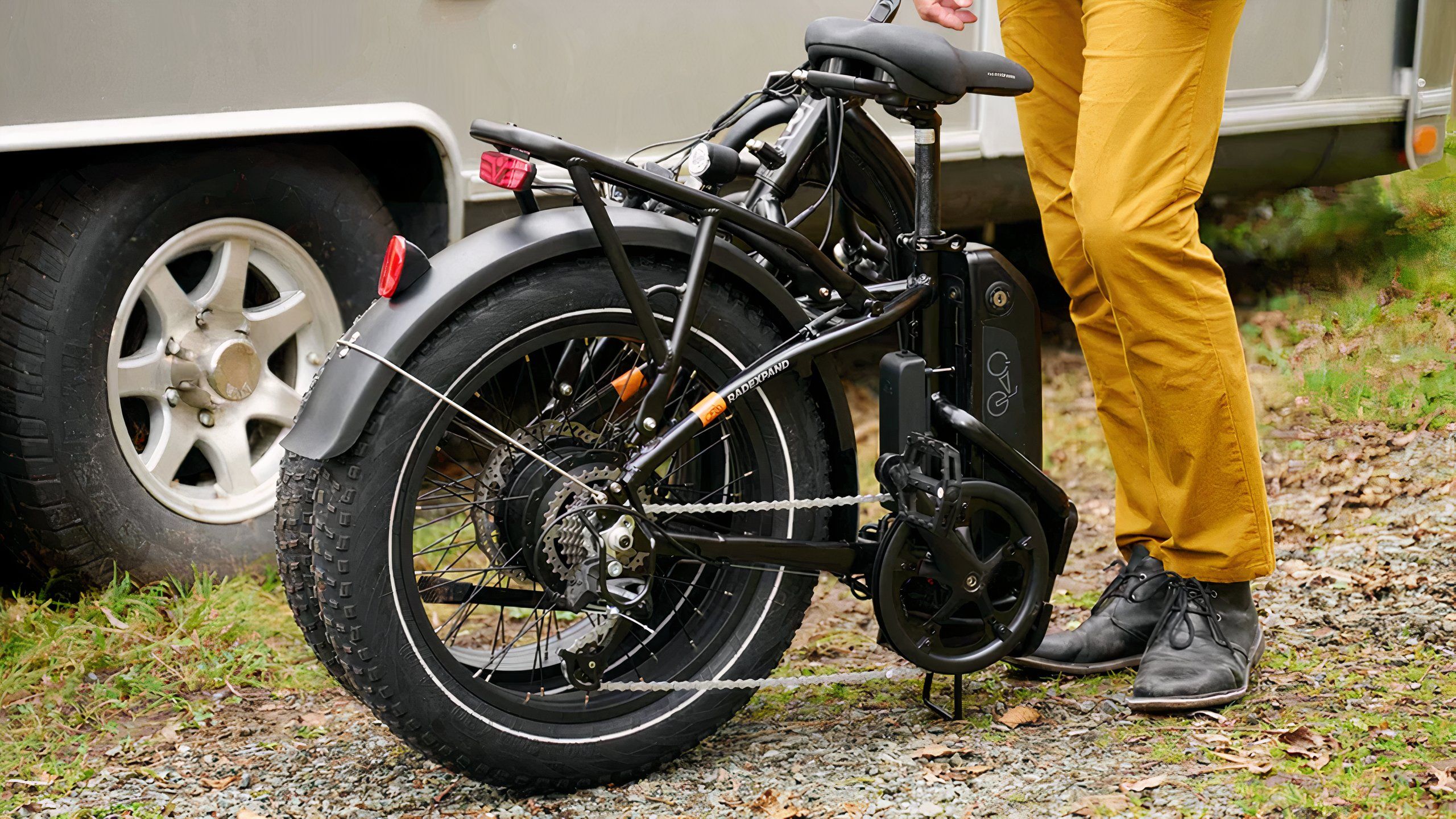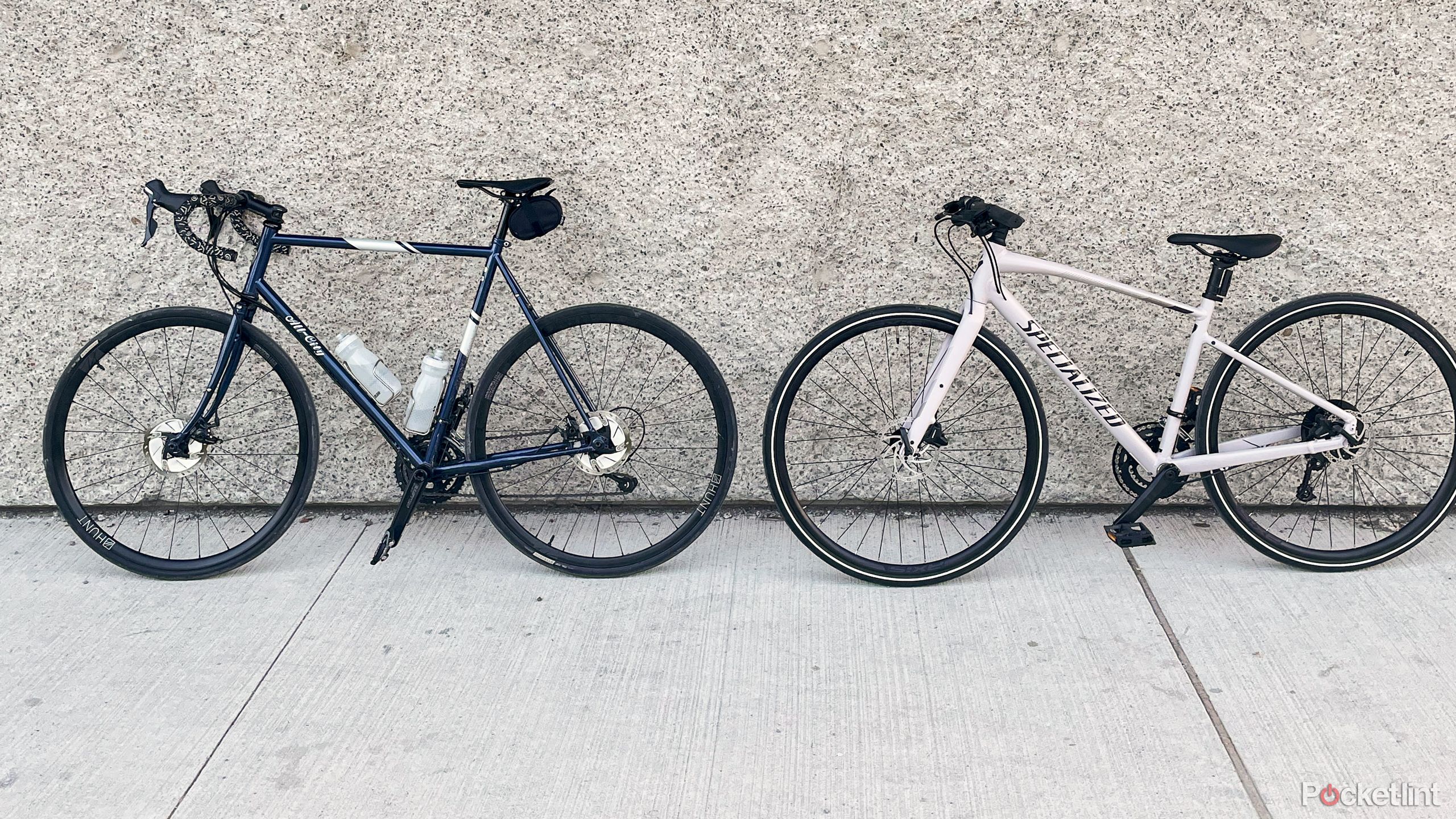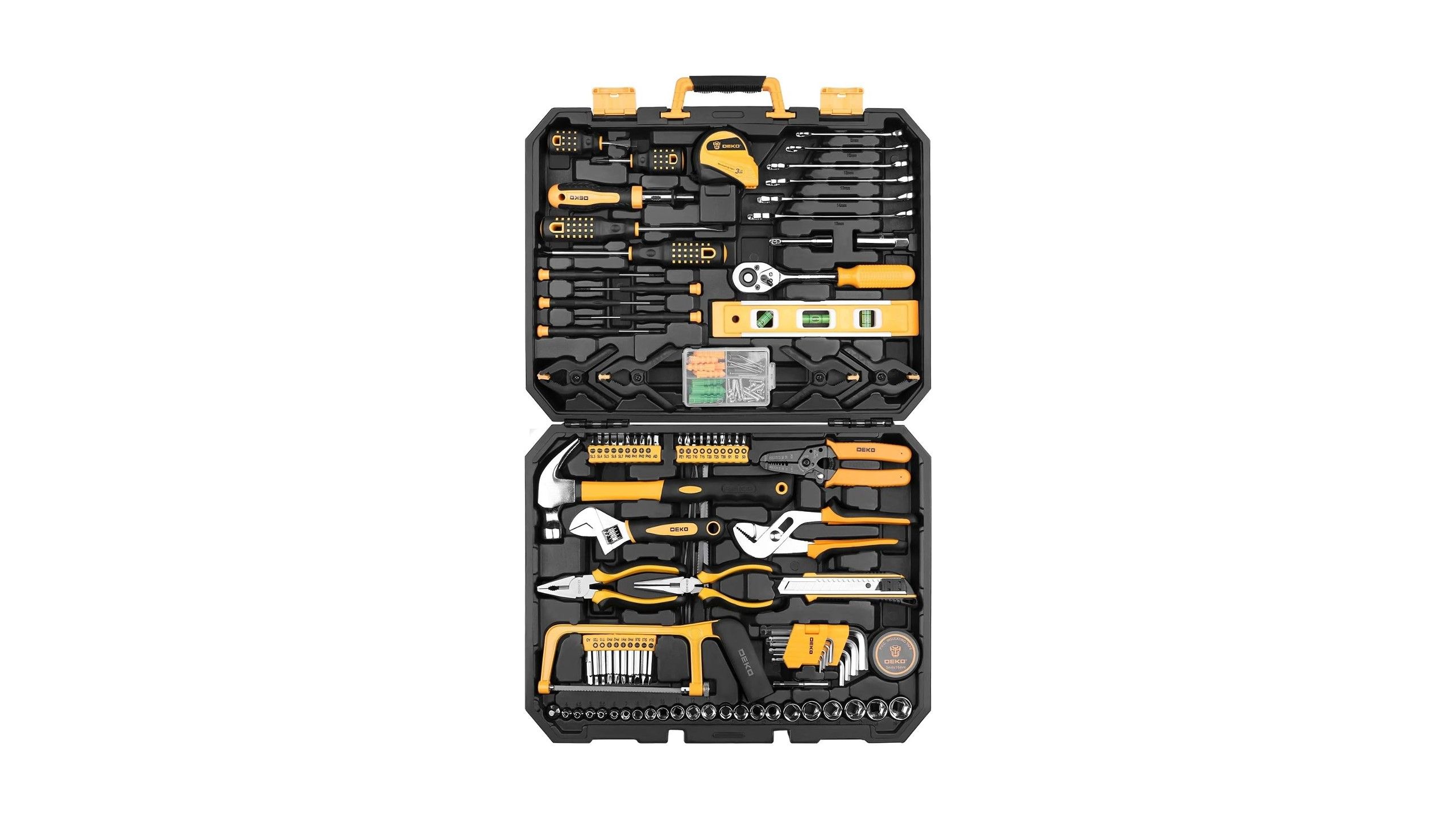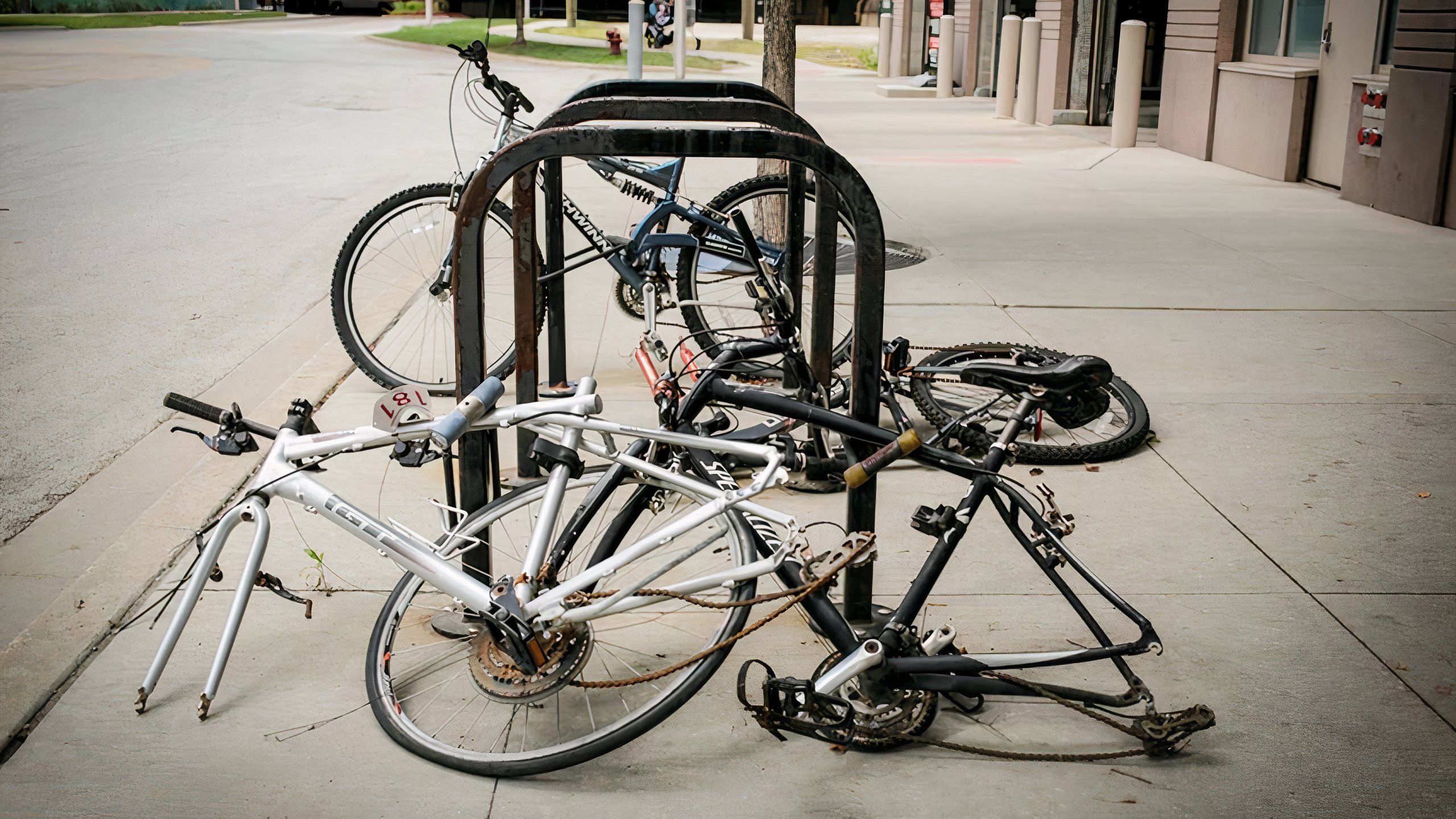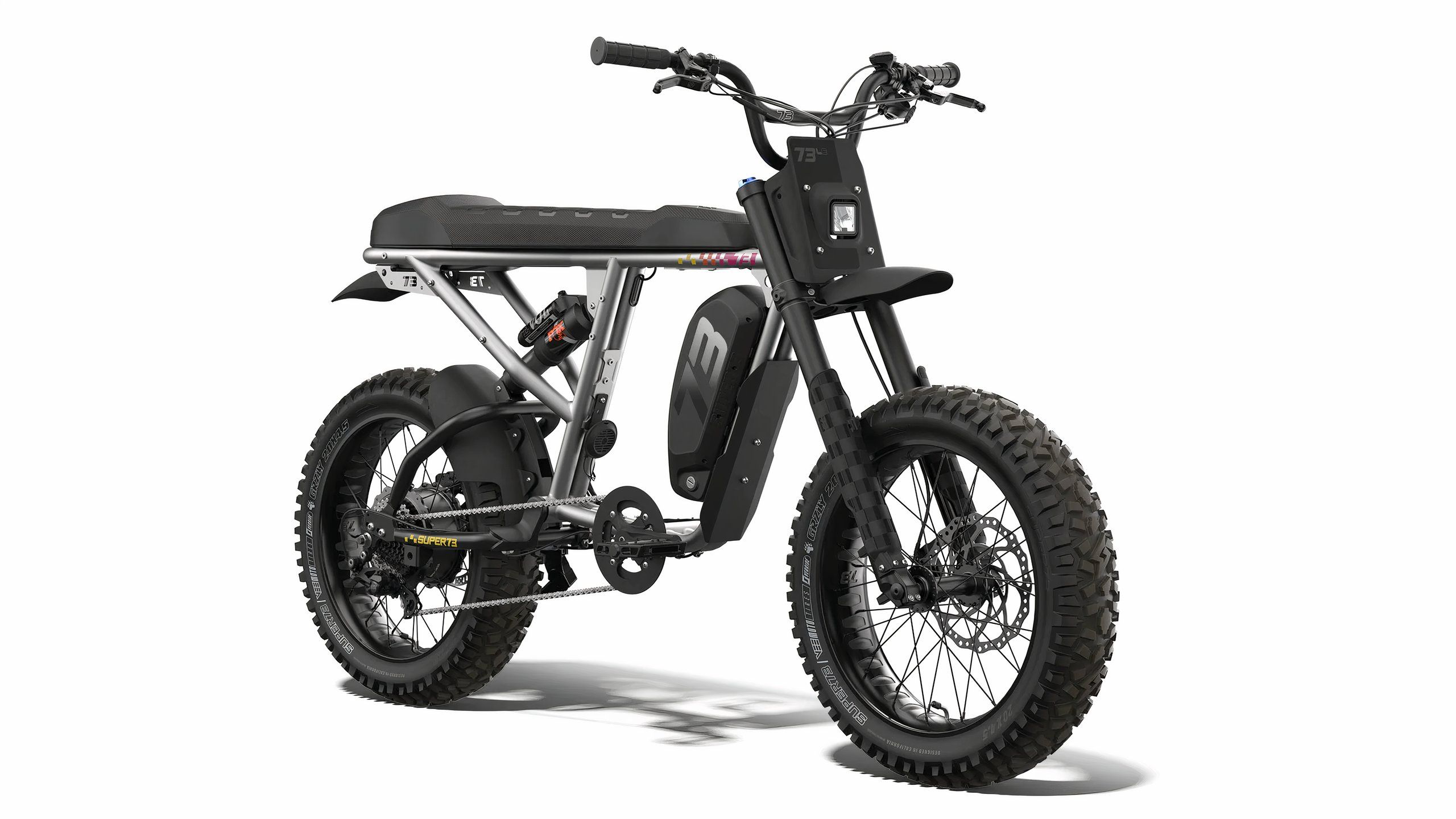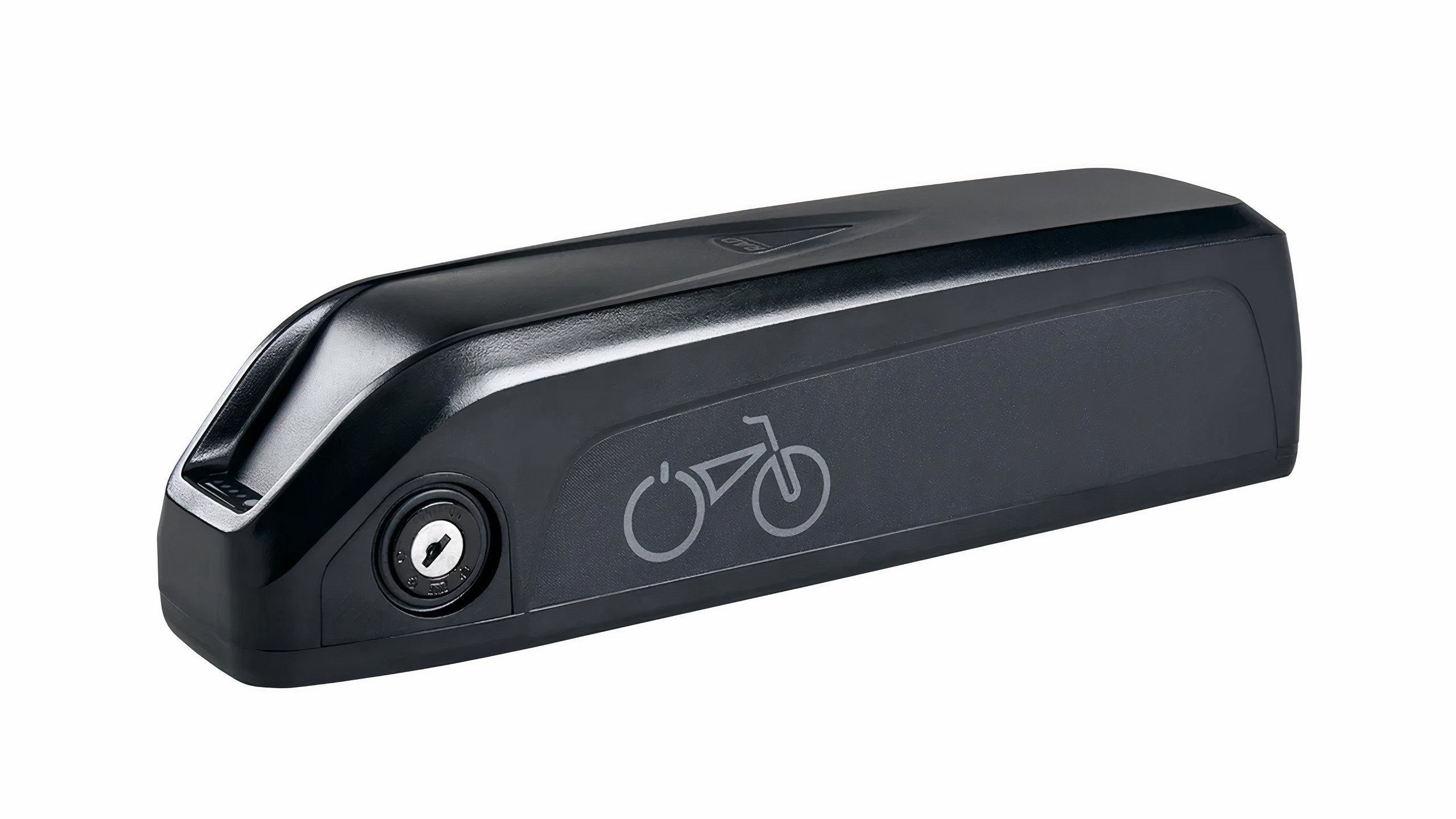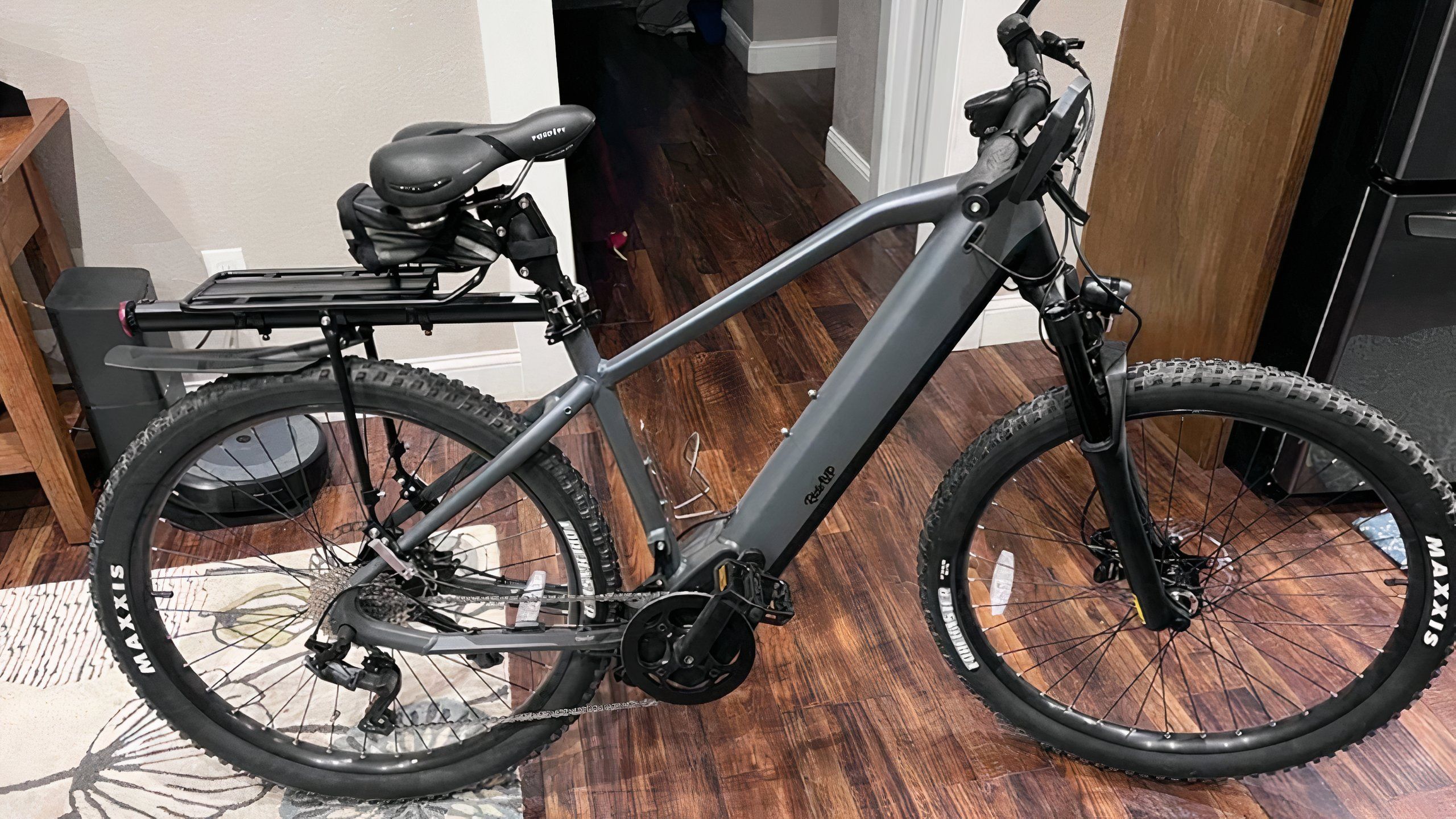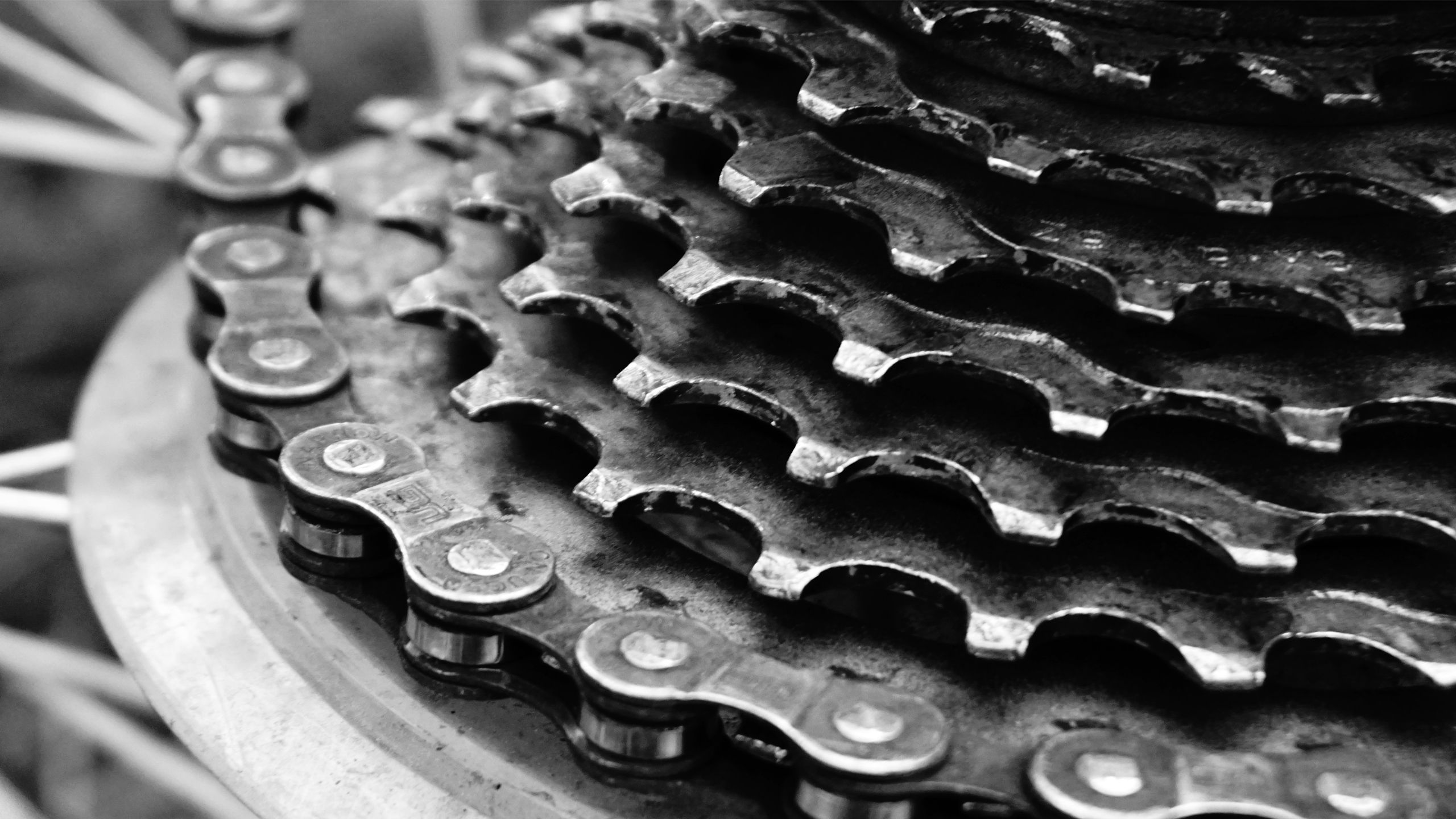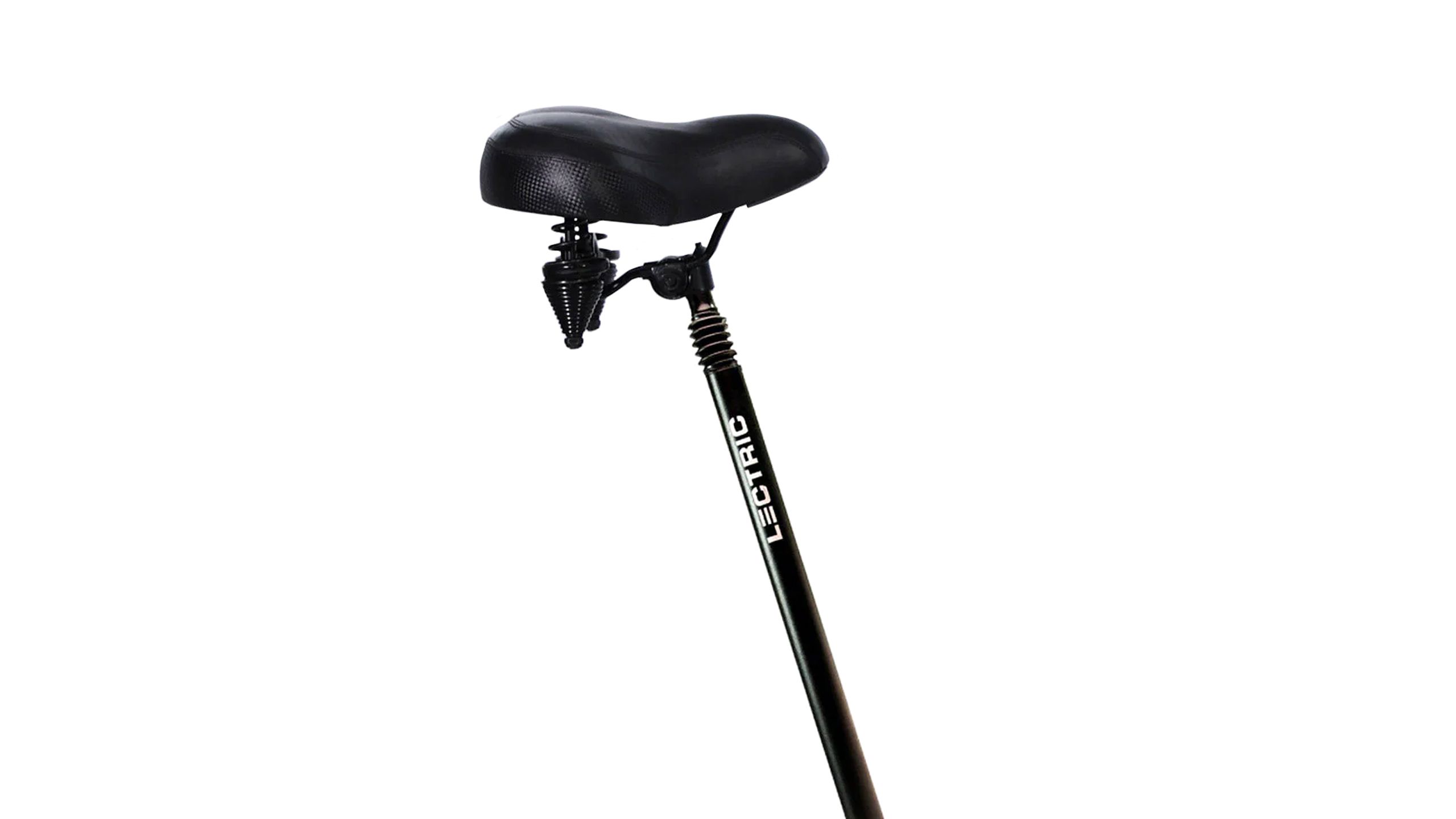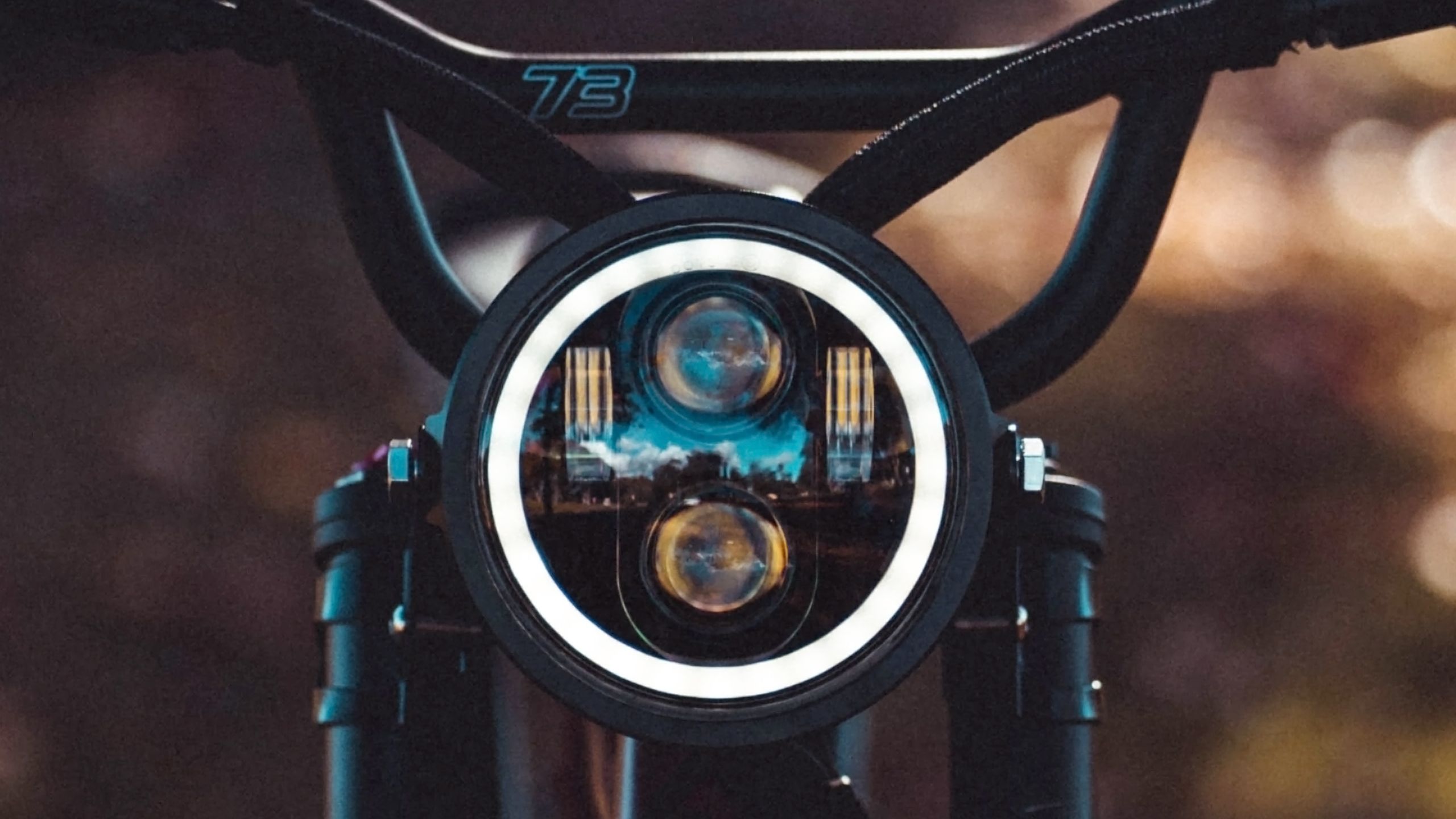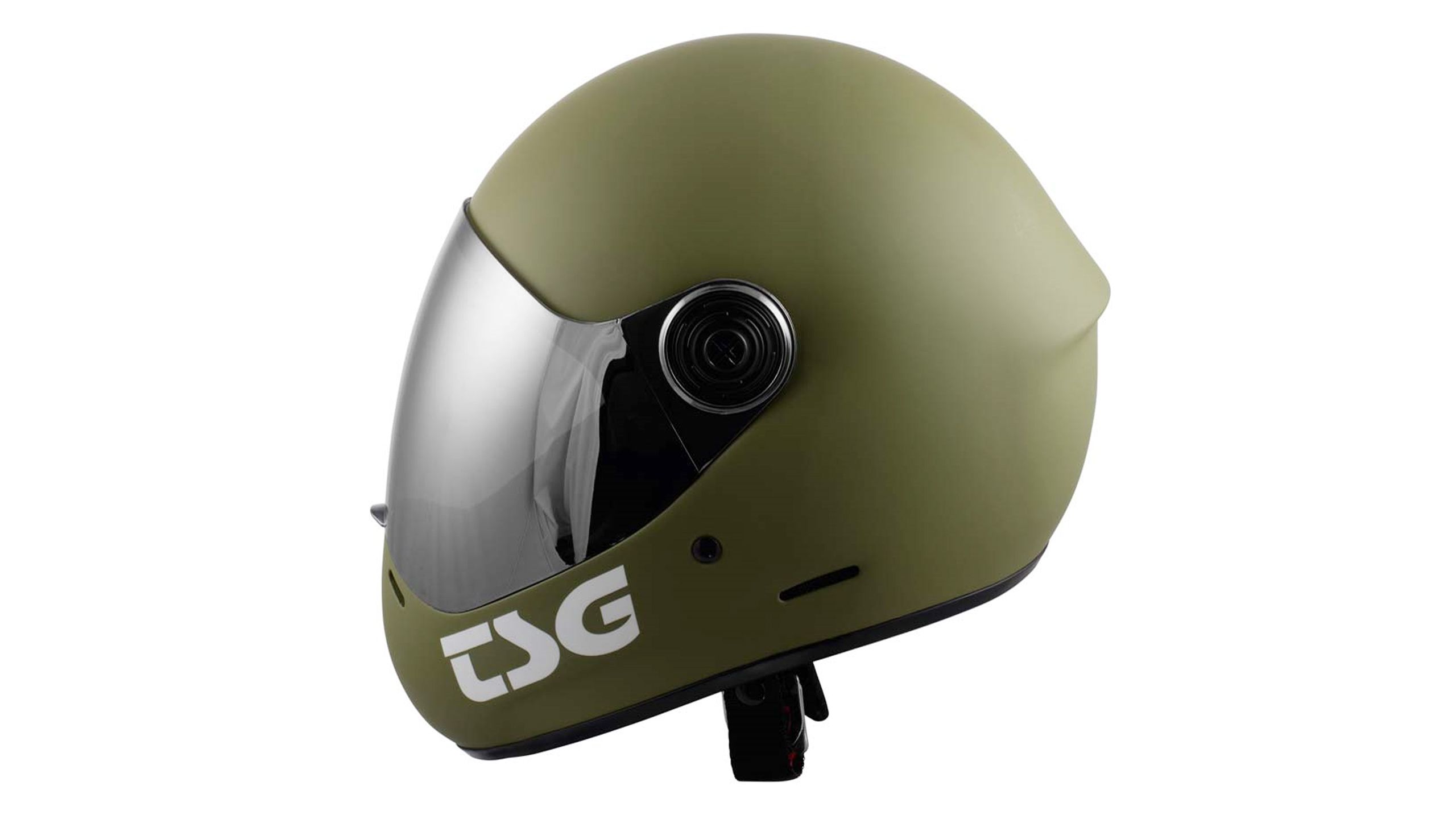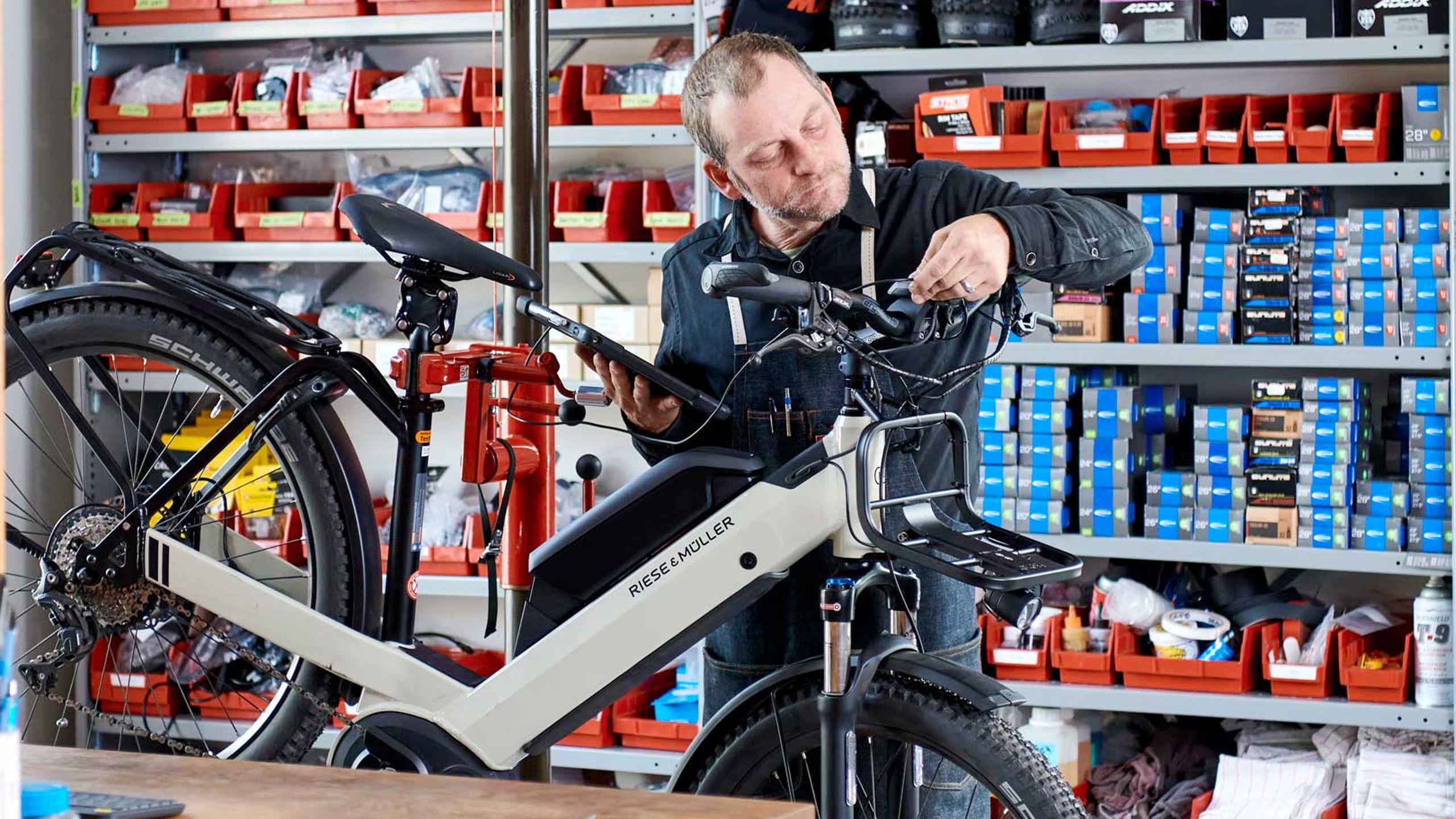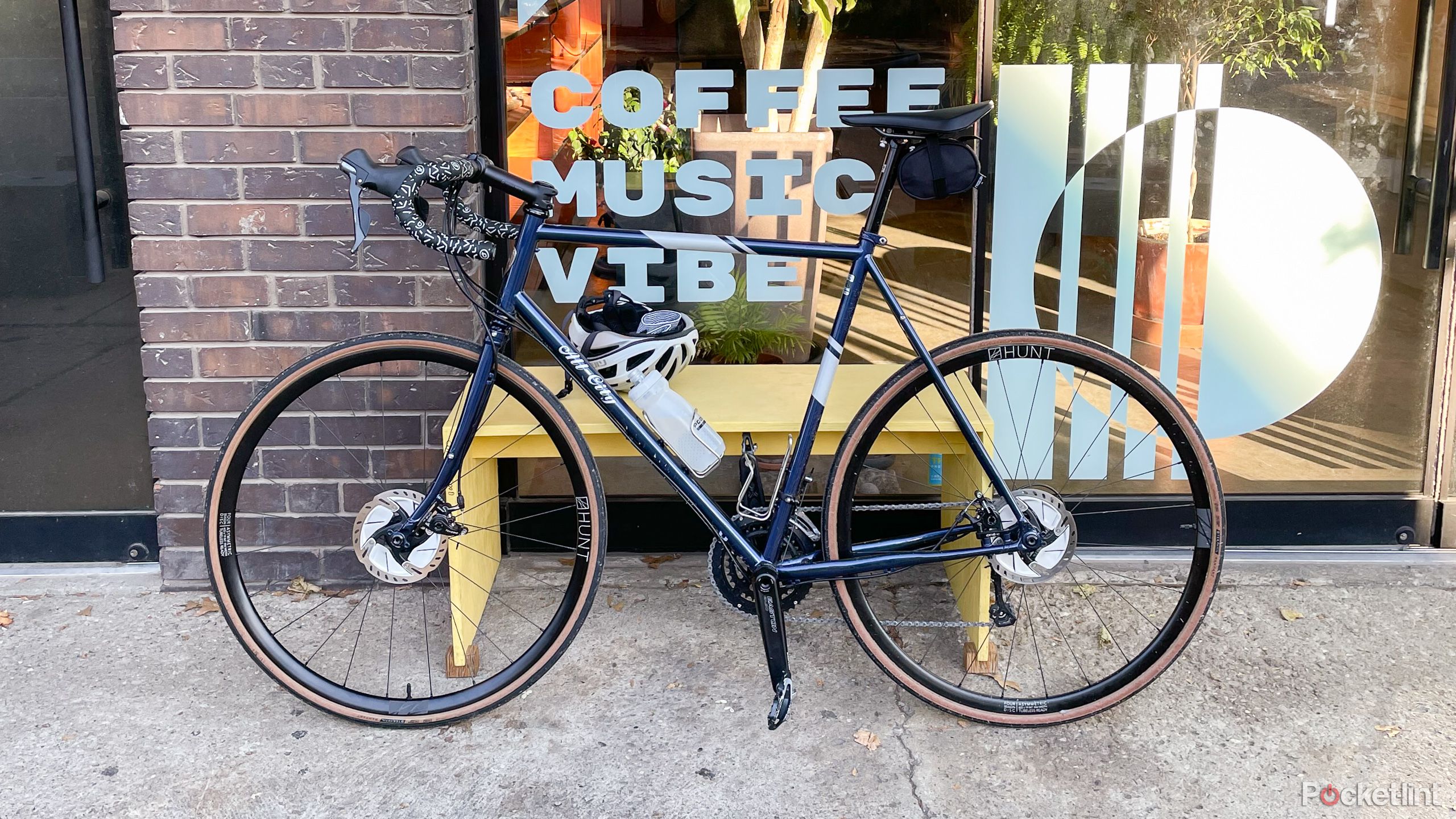Key Takeaways
- Consider factors like climate, traffic, and terrain before buying an e-bike for optimal usage and comfort.
- Ensure to prioritize battery specs, like range and voltage, and opt for a bike with a removable battery for convenience.
- Look for e-bikes with suitable motor power, brakes, and gearing to ensure safety and performance, and prioritize maintenance for longevity.
It’s probably safe to say that e-bikes are more popular than ever, and no wonder — it’s a fun and often more economical way to get around than a car, even an electric car. As a consequence, though, the number of brands has exploded, making it more important than ever to be informed and skeptical when shopping. Buying a cheap no-name bike via Amazon or a local shop can actually be more expensive in the long run if it breaks down repeatedly, or you discover it simply doesn’t meet your needs.
In this guide, we’re going to cover not just what you need to look for when picking an e-bike, but some of the basic concerns surrounding safety, security, and maintenance. In fact, we’re going to begin by taking a step back and asking whether an e-bike is really what you want. There are other mobility options out there after all, such as electric scooters.
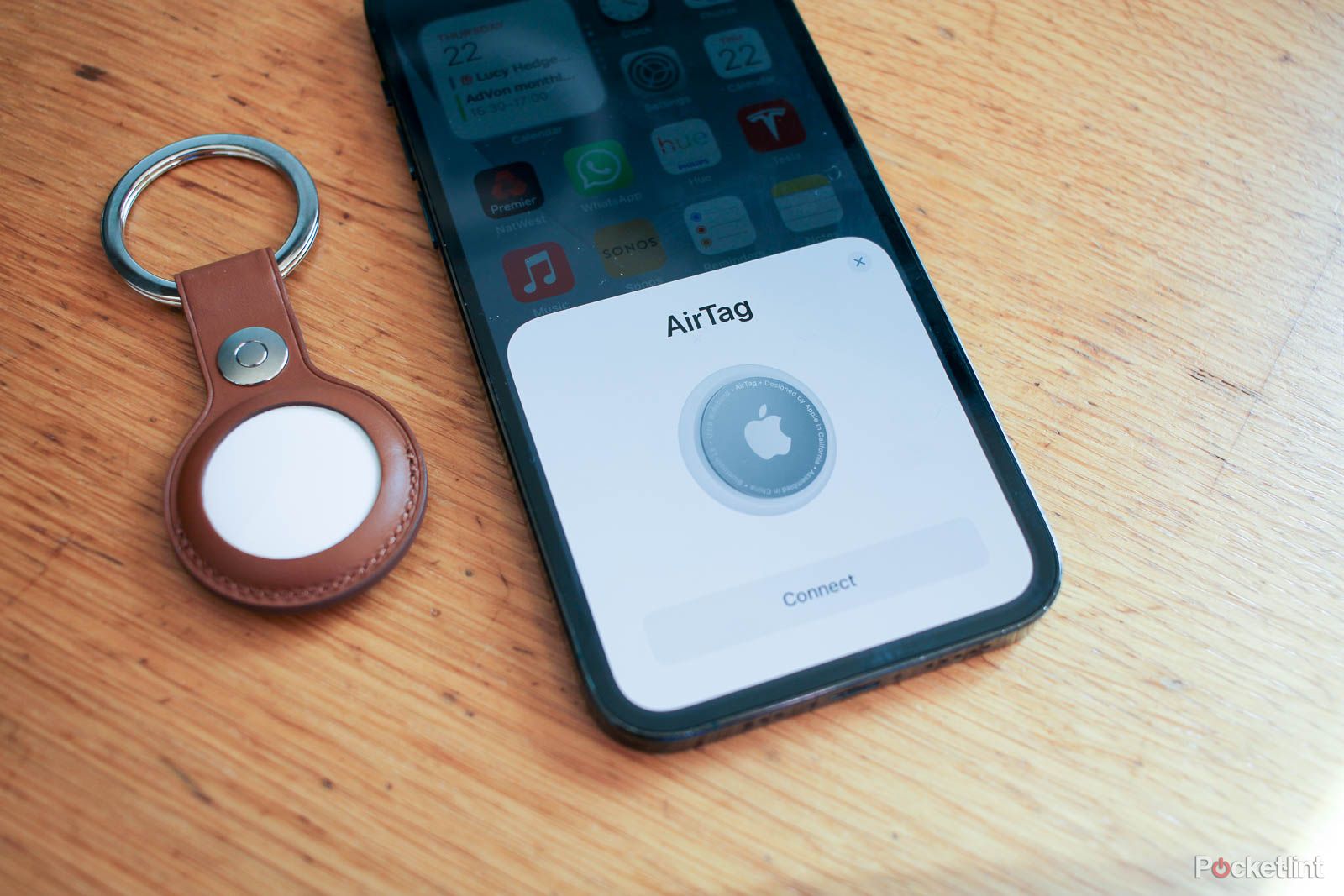
Related
Best personal safety devices (and why you should have one)
As a young woman with an on-the-go lifestyle, these are the subtle yet mighty tools that I carry with me to stay safe and keep my loved ones alert.
Should you buy an e-bike?
In many respects, e-bikes are one of the simplest yet most versatile forms of PEV (personal electric vehicle). If you can ride a conventional bike, you can ride an electric one, and they come in many different form factors. These range from models capable of hauling cargo or passengers to ones that are effectively mopeds with backup pedals. There are many issues to weigh before deciding to go with an e-bike over your other options.
Climate, traffic, and terrain
It’s possible to ride e-bikes in rain or even snow, depending on their water resistance rating and the tires you’re using, but you should think twice about buying one if you’re planning to travel long distances somewhere that’s regularly cold or wet. You’re going to have to take extra precautions for yourself, your bike, and your battery. You might sometimes find yourself miserable anyway, whether it’s because you’re soaked or freezing, or struggling to avoid puddles and ice. E-bikes are best when it’s dry outside and temperatures are comfortable (with or without a jacket).
It’s possible to ride e-bikes in rain or even snow, depending on their water resistance rating and the tires you’re using, but you should think twice about buying one if you’re planning to travel long distances somewhere that’s regularly cold or wet.
Similarly, the car traffic in your area could be an obstacle if you don’t have easy access to bike paths. Assuming it’s even legal to ride on local roads, they could be dangerously congested, or the speed limits might be too high. Bikes that can top 28mph (45kmh) are rare. Any kind of riding in traffic requires being alert, and often extra gear to increase safety and visibility, such as turn signals and reflective clothing.
As for terrain, e-bikes can often overcome steep hills and rough ground, but there could be cases when the experience might be too unpleasant or too demanding on a bike’s motor, battery, or tires. If there’s a lot of sharp debris scattered around, for example, even tire liners and sealant might not be enough to prevent flats.
Space
Rad Power Bikes
This is a bigger concern than you might think. In an apartment or small garage, a non-folding bike can be hard to fit, and that’s without considering room for accessories or maintenance gear. You may run into similar problems if you want to park at work or a friend’s place. When transporting your bike long distances, you may need a truck, SUV, or specialized rack, and many building operators will force you to park your bike outside, increasing the risk of theft.
Folding models can potentially get around these issues, but at a cost. They can’t carry much in the way of cargo, let alone passengers, and they sometimes sacrifice other features or performance. Also, regularly folding and unfolding a bike can become annoying, depending on how complex the process is.
Space is a major reason people turn to alternative PEVs such as boards, scooters, and unicycles. In fact, if you can deal with their learning curve and lack of storage, electric unicycles (EUCs) may actually offer the best balance of performance and convenience — they even have trolley handles for walking them around stores or other pedestrian areas.
Legality
It’s worth emphasizing that how and where you can ride an e-bike is governed by regional laws. It might, for instance, be illegal to ride on sidewalks in one city, while another might insist on it if the alternative is mixing with high-speed car traffic. There are governments that won’t allow e-bikes in parks, regardless of whether conventional bikes are zipping by even faster.
Research local PEV laws before you buy anything. Note also that some governments may impose performance caps — while much of the US is unlimited, that may not always be true, and countries like Canada, India, and Norway have low wattage limits that restrict performance on public roads.
Research local PEV laws before you buy anything.
The good news is that police often have better things to do than check wattage ratings or stop a rider who isn’t endangering anyone. As long as e-bikes are legal in some fashion and you avoid riding recklessly, you’ll typically be fine. The last thing anyone wants though is to have their expensive e-bike confiscated, however, so be reasonable.
Maintenance and repair
Dekopro/Pocket-lint
It’s vital to remember that an e-bike is a vehicle, not a smartphone, and every vehicle needs regular maintenance to cope with the wear caused by riding. We’ll cover some details of what’s required later — for now, recognize that if you’re not prepared to spend extra time and money on maintenance, you shouldn’t buy any form of PEV.
Regardless of how much maintenance you’re willing to handle yourself, it’s wise to find local shops in your area capable of servicing e-bikes. Some repairs can be complicated, and you may not have the tools, parts, and/or skills to deal with them. Even if you do, you can find yourself in a position where the time involved is impractical.
Be aware that if you buy a bike online and have it shipped direct to your home, you’ll be responsible for initial assembly and tuning, and some local shops may refuse to work on it if it’s not a brand they sell. That could mean having to handle everything yourself, whether you like it or not.
Security
Creative Commons
As mentioned, building operators often force people to park e-bikes outdoors, and that could create a serious theft concern depending on local crime levels. You can of course mitigate that threat by using heavy-duty bike locks and/or an alarm system, but it’s likely that nothing will stop a determined thief with an angle grinder. If your neighborhood seems unsafe, you may want to choose a conventional bike or none at all. Check regional theft statistics.
We should also point out that some people seem to have an inherent dislike of e-bikes and other PEVs, and may harass you even when you’re riding somewhere you’re allowed. This shouldn’t deter you in most cases — you can normally just ride away — but be aware.
What to look for when buying an e-bike
There are many elements involved in picking a bike, but we can boil them down to several categories. It’s up to you to decide which ones are your priorities, and where you’re willing to sacrifice if necessary. There are almost always design tradeoffs involved, particularly if you want to save money.
Form factor
Super73
Ask yourself how you expect to use your bike. If you plan to carry a lot of cargo — say, for food delivery — you may want to invest in a purpose-built cargo bike, or at least something with options for add-on bags, racks, and trailers. Similarly, if you’re interested in carrying a passenger, you’ll want to search for bikes with options for extended or child seats.
E-bikes also tend to split into models that are off-road capable or purely for street riding. Street bikes are sometimes okay off-road, but may have smooth, narrow tires, and modest suspension if any. Off-road bikes tend to have fat, knobby tires, and may be equipped with both front and back suspension. The rougher your ride, the more important suspension becomes. Given potholes, steep curbs, and bad weather, you might even choose an off-road model as an urban rider.
Moped-style bikes can be appealing in both looks and speed, but be warned that they’re often large and heavy. They also tend to attract negative attention from police and criminals, just as a Porsche 911 is bound to draw more eyes than a Toyota Camry.
Give folding models a serious look if space and/or car transportation are high priorities. Just be prepared for compromises in other areas, such as cargo capacity.
Range and other battery specs
Rad Power Bikes
Max range is exceedingly important. This should double the distance of your furthest destination, unless you can afford to recharge midway. You may also need headroom for detours, secondary stops, and cold weather — freezing temperatures can potentially shrink battery life by as much as half. Remember that bike makers tend to overestimate specs, too, giving a best-case scenario with moderate speeds and minimum pedal assist from the motor. Higher speeds, increased pedal assist, and/or throttle-only riding will cut into real-world range.
No matter what, insist on a bike with a removable battery.
Batteries are rated in terms of voltage (V) and amp-hours (Ah). Higher amp-hours translate into superior range, while higher voltages improve power delivery. Juiced, for example, typically uses 52V batteries across the board, helping to push its bikes up to 28mph or higher. For the snappiest performance, demand at least 52 or 72V. You can get away with 48V if you don’t expect conditions like steep hills.
No matter what, insist on a bike with a removable battery. This makes it possible to charge indoors, take the battery with you to deter theft, and swap the battery out if you want extra range or there’s a defect.
Motor type and power
Ride1Up
E-bike motors come in two varieties: hub and mid-drive. The vast majority of bikes use the former, since it’s a lot cheaper and often more than enough. Mid-drive motors are connected directly to the drivetrain instead of a wheel, which improves efficiency, especially on inclines.
Motor wattage is the ultimate gauge of a bike’s power, so the more the better. Some lower-end bikes have as little as 250W, which guarantees plenty of pedaling, whereas moped models may range from 500W up into multiple kilowatts. All motors additionally have a peak wattage, indicating what they can sustain in short bursts. That may determine how a bike will tackle hills or rapid acceleration.
Don’t worry about top speed too much unless you’re a speed demon or you need to mix in with car traffic. In the latter case, you’ll need a bike capable of 28mph or more. Even then speed limits are generally too fast for e-bikes, unless perhaps you’re riding something like an Onyx RCR.
Helping to control pedal assist modes are cadence and/or torque sensors. The first kind is more likely on cheaper bikes, and can feel jerky since it just turns a motor on or off based on whether you’re pedaling. It’s not a dealbreaker, just not ideal. Torque sensors measure your actual pedaling force, adjusting power delivery accordingly. Some bikes may combine cadence and torque sensors for a complete picture.
Brakes and gearing
As a rule e-bikes rely on mechanical or hydraulic disc brakes. Anything less might be too weak or even damaging when counteracting the force electric motors can generate. Mechanical brakes are alright at low speeds, but because of their stopping power, hydraulics are preferable. They might as well be mandatory on bikes topping 28mph — there’s just no other way to slow down fast enough in an emergency.
Keep an eye out for regenerative braking tech. It’s not absolutely necessary, but it can extend the range of your bike by returning kinetic energy to the battery.
Many e-bikes can get away with single-speed gearing, since a motor does all the hard work. If there are a lot of inclines around you, however, you may want a multi-speed setup, which will let you gear down to make things easier. Thankfully, multi-speed bikes and upgrades are fairly common at this point.
Handlebars and seating
Lectric
It’s easy to treat these as an afterthought, but you shouldn’t. Both affect posture — for cruising, it’s better to have handlebar grips positioned high and wide so you can stay upright, whereas bringing them tight and low will enhance control. If you don’t like a bike’s stock setup, you’ll have to adjust it or swap in third-party parts. You can change grip coverings as well if you find them too thin, fat, or slippery.
As for seating, never underestimate the importance of a cushy seat, since the opposite can make long rides unbearable. You may want to install a suspension seat post. If you’re hoping to carry an adult passenger, you’ll probably want footpegs and wheel guards in addition to an extended seat.
Lights and other electronic features
Loomenade
If you plan to ride at night, you’ll need a front light rated for at least 300-500 lumens, preferably brighter. It should also have a reasonably wide beam pattern so you can see your environment and not just a small cone in front of you. This should be combined with a strong tail light, and turn signals as well if you expect to ride in traffic.
Some e-bikes use a smartphone app for navigation, changing speed restrictions, or controlling proprietary features, such as anti-theft systems. This is often nice to have, but don’t prioritize phone integration when you’re shopping. Many bikes have a functional LCD menu for the basics, and those proprietary features may be unnecessary or solvable with aftermarket accessories.

Related
I tested Google Maps, Apple Maps, and Waze to see which app is really better
With three apps sitting as the dominant forces in navigation, it’s only natural to wonder which one is worth downloading and using to get from A to B.
What you need to know about safety and maintenance
Safety
TSG
Wear a helmet for anything longer than a quick test ride in front of your house. Skull fractures and brain damage are no joke. For most riders, we’d simply recommend buying a helmet with MIPS (multi-directional impact protection) technology, which can reduce rotational force delivered to the head. Note that if you’re involved in a hard crash, you may need to replace your helmet to preserve protection, even if you can’t see any dents.
If you can afford it, it’s good to upgrade to a full-face helmet that will protect your chin, jaw, and mouth. Some of these have built-in visors, which can be handy for keeping insects, sun, and/or the wind out of your eyes. When they don’t, you can always buy goggles. You should absolutely buy a full-face helmet if you intend to ride at 28mph or faster.
Knee and elbow pads should always be worn by young kids, but can be treated as optional for adults unless high speeds or dangerous off-roading are involved. Indeed, you may want to invest in a motorcycle-grade helmet and body armor if your bike tops the 30mph (48kmh) mark. While that can sometimes be hot and uncomfortable, it’s better than recovering from road rash or broken bones.
Visibility, lastly, can be your best defense both against cars and unexpected obstacles. Use powerful lights, wear reflective clothing if you can, and consider applying reflective strips to your bike if it’s missing them.
Maintenance
New Wheel Electric Bikes
E-bikes mostly require the same level of maintenance as manual ones, but with the added complexity of a battery and motor. You’ll have to keep tires inflated, bolts tightened, chains lubricated, hydraulics topped, wires undamaged, and the battery charged. You can prolong your battery’s life if you keep it near room temperature and avoid charging to 100% when you don’t need full range. Check your tire pressure at least once per week during riding season, and avoid letting either your battery or tires go empty during the off months.
For commuting or other long rides, it’s a good idea to carry an emergency kit.
In the long term you’ll probably have to deal with the occasional flat, but you can sharply reduce the odds of that by using tire liners and/or preventative sealants, such as Slime or FlatOut. You may want to install one or both before your first ride. Either way, you should keep spare tire tubes on hand unless you’re lucky enough to have a bike with tubeless tires. Knowing how to change a flat tire is an important skill — it can save you money and downtime.
For commuting or other long rides, it’s a good idea to carry an emergency kit. At a minimum this should include an electronic air pump and everything else you’d need to fix a flat, including tools, a spare tube, and/or liquid sealant. You may also want basic first aid supplies, and reflective markers for roadside visibility. If weight and cost are no object, you can bring a backup battery.
Security
The most important rule is to buy the toughest lock you can afford. Cheap locks are a brief obstacle at most to many thieves. Chains and U-locks are typically the best types, but you also have to secure them in a way that’s difficult to access and keeps your bike attached to an immovable object. The ideal solution involves two locks — one securing your frame and front wheel, and the other securing the frame and rear wheel.
Beyond that, it’s mostly about situational awareness. Park in well-lit spots visible to the public, and in between other bikes if possible. If a neighborhood seems rundown and shady, you might want to avoid parking there at all. It’s also smart to minimize the amount of time your bike is left alone, particularly after sunset. Leaving a bike outside overnight is almost begging for it to get stolen.
If you can, it’s good to take your battery with you. Some other security options include motion alarms and tracking devices, such as AirTags, though of course trackers won’t prevent theft — they’ll simply help you recover your bike later, assuming you’ve hidden them well enough.
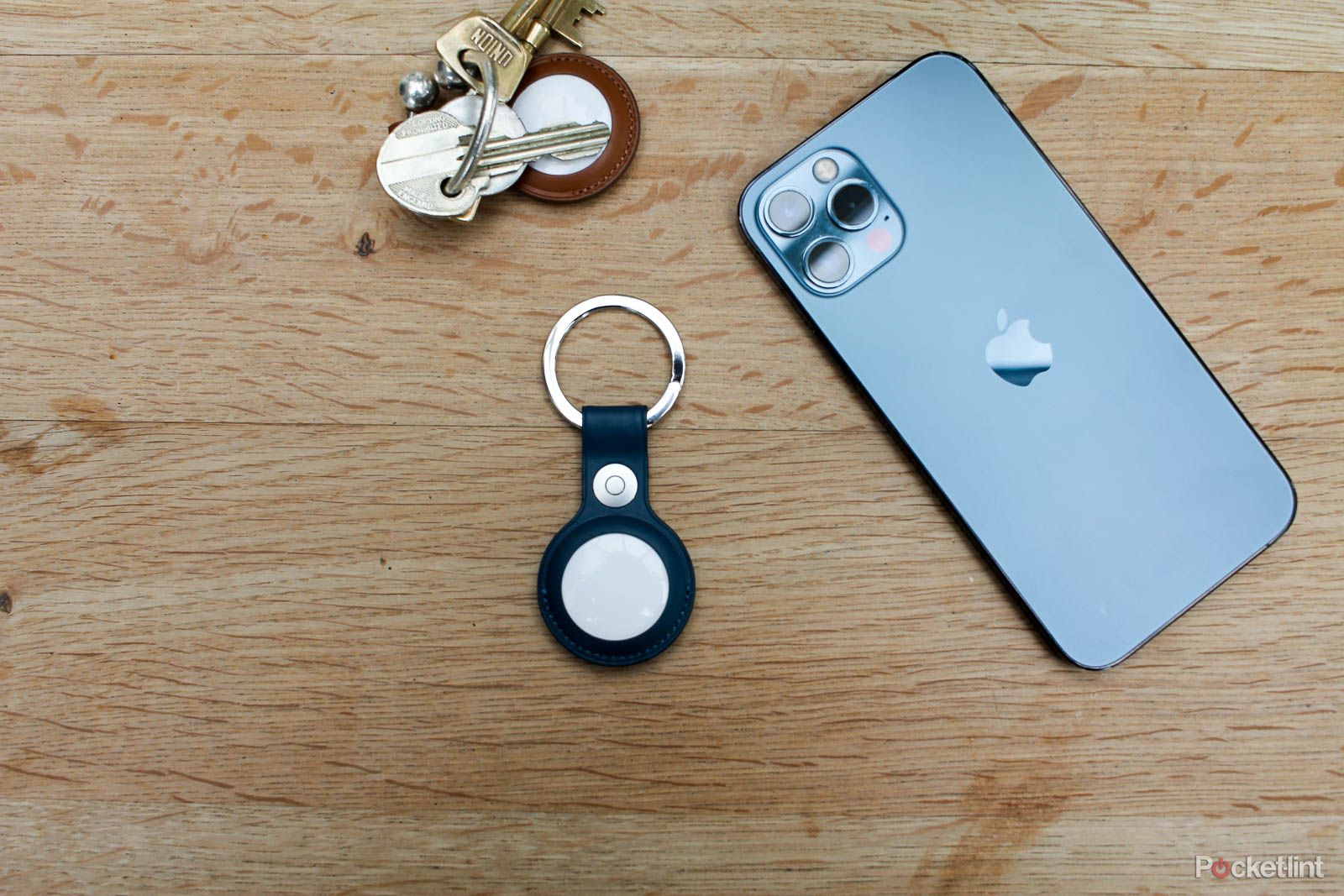
Related
10 unique places to put your Apple AirTags
Have AirTags? Here are the best places to put them to keep track of anything from your keys to your pet.
FAQ
Q: How much should I spend on an e-bike?
There’s no hard and fast rule here. There are decent if unspectacular e-bikes for around $1,000, but that’s about the right amount to treat as a base. Casual riders and commuters should probably spend between $1,000 and $2,500 depending on their needs. Beyond that you’re getting into models with elevated performance and/or build quality, and they may be overkill unless you’re a diehard rider.



